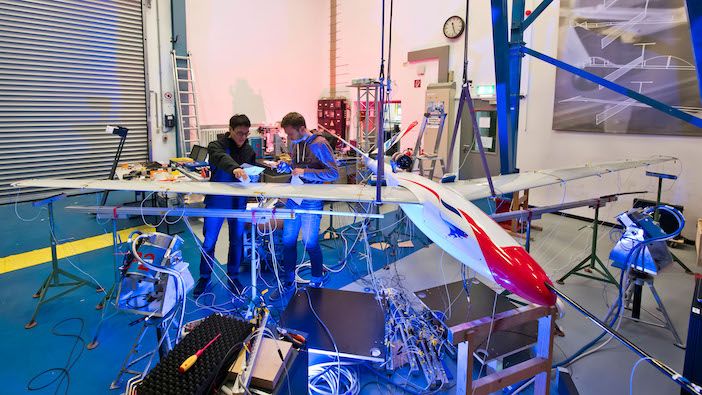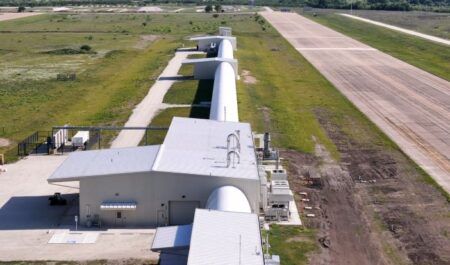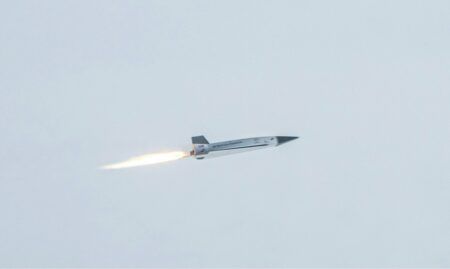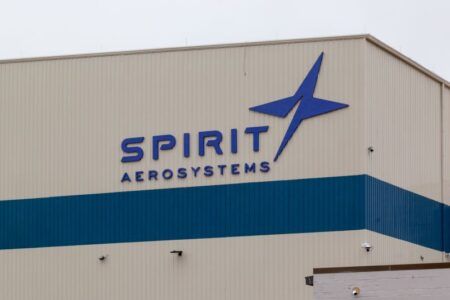Researchers at the German Aerospace Center have completed ground vibration testing of two new wing designs as part of an EU project to make aircraft lighter and more fuel efficient.
In the case of aircraft wings, the possibilities for reducing weight while using conventional manufacturing techniques have been almost fully exploited. Since aircraft wings have to withstand high loads, they are built to be particularly mechanically stable. In the past, they were made of the lightweight metal aluminium; today, they are increasingly being manufactured using carbon-fibre reinforced composites.
The EU Flexop project designed two different wing variants that promised to reduce weight and built them together with a standard wing to use for comparison purposes.
In order to investigate the effectiveness of the new wing designs, they have now been tested in what are referred to as ground vibration tests at the DLR (Deutsches Zentrum für Luft- und Raumfahrt) Institute of Aeroelasticity in Göttingen, Germany.
The standard wing model was made using carbon-fibre reinforced composites and is based on the wing of a conventional commercial aircraft. The first innovative wing design is the flutter wing, designed by the Technical University of Munich.
This wing is made of glass-fibre reinforced composites and is deliberately designed in such a way that it can enter the dangerous state of ‘fluttering’. During aerodynamic flutter, a behaviour similar to a flag flying in the wind, the oscillations caused by the airflow over the wing become stronger and stronger until a mechanical failure occurs.
An innovative flight control system developed and designed by the DLR Institute of System Dynamics and Control in Oberpfaffenhofen prevents such a critical condition from occurring. The outermost flaps on the trailing edge of the wing are controlled in such a way that they act as dampers. This allows the wing to be much lighter and to have a higher aspect ratio.
“Active control significantly increases the possibilities for a much lighter design,” said Gertjan Looye, coordinator of DLR’s involvement in the project.
A second flight control system is being developed by the Hungarian Academy of Sciences Institute of Computer Science and Control (MTA SZTAKI). Project Manager Bálint Vanek of MTA SZTAKI said, “Such a wing could make it possible to transport 20 percent more freight or use seven percent less fuel.”
Twenty percent lighter
The other wing design under test, the aeroelastic wing, was developed by the DLR Institute of Aeroelasticity together with the University of Delft. Although it is also constructed using carbon-fibre reinforced composites, it has special properties.
“Under load, the new wing not only bends, it also twists much more extensively than today’s wings,” said Yves Govers, DLR’s Test Manager in Göttingen.
As a result, the aeroelastic wing is able to avoid being subjected to the heaviest loads in flight and is as stable as the standard wing – although it is 20 percent lighter. This is made possible by a specially optimized and unconventional layer structure in the materials from which it is manufactured.
In the second half of 2019, the wing models will also be flight tested in Oberpfaffenhofen, Germany.





